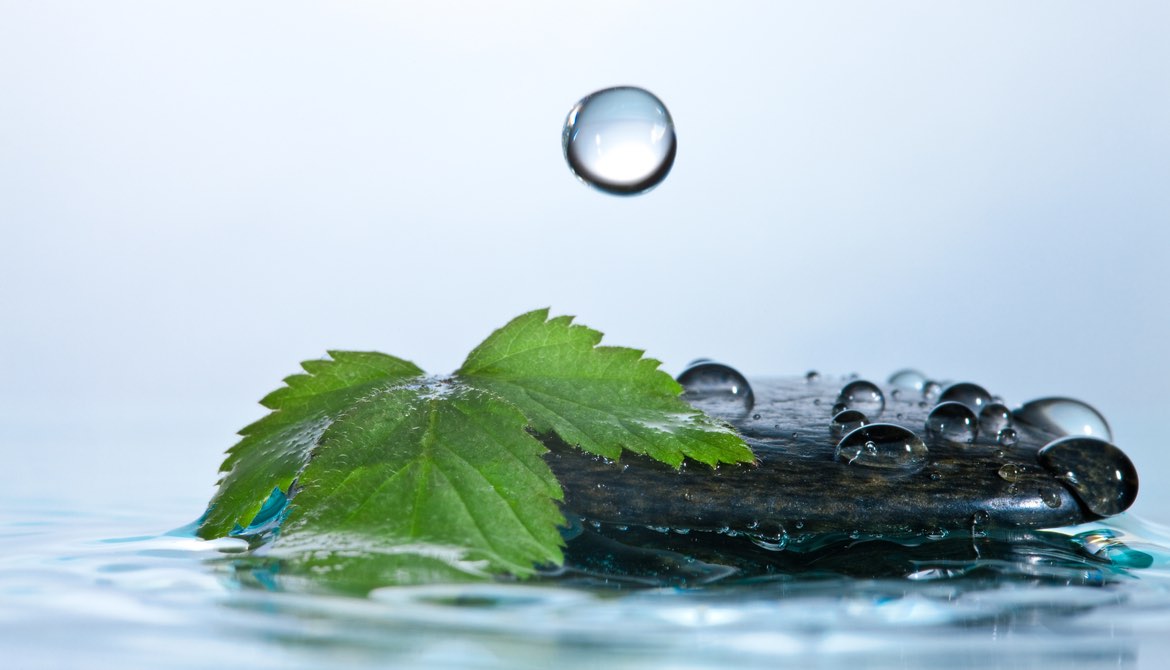3 minutes
It takes more than one training, experience or interaction to shape us.
I am a fan of quotes related to talent development. I like how they can motivate and challenge me to think about something in a new way. If you looked at my desk, you’d see I have sticky notes with quotes or phrases all over. Some of the quotes are clear right away, like “the capacity to learn is a gift; the ability to learn is a skill; the willingness to learn is a choice,” from Brian Herbert. Others are open to interpretation, like … “like water on a rock,” from a Talmudic story.
When I first heard, “like water on a rock,” the phrase stood out to me, so I jotted it down. Lately, I’ve been reflecting on this saying’s connection to talent development and the role of a leader. The phrase notes the fact that, over time, one drop of water can alter a surface, even one as solid as a rock. This is how leadership development works, both in how we develop as leaders and how leaders develop others. It is not just one experience, misstep, training or interaction that shapes us, but the combination of these that put us on the path to success.
The key is allowing the water to drip in the first place. Organizations need to offer opportunities for growth (stretch assignments, training, networking) and time to pursue them. Leaders need to open discussion to better understand current and needed skills. Individuals must have the willingness and energy—and put in the effort—to develop themselves and others. Attendance at one training, working on one project or engaging in one conversation will not effectively change behavior or elevate a skill set. We need to apply and practice what we’ve learned, engage in conversation with others and repeat for development to occur.
So how do you know you are giving the water enough time to drip? This depends on such things as your current skill set, the importance of developing the new skill and how much time you devote to applying what you’ve learned. Since we all learn and grow at different paces and have varied levels of knowledge and experience, these tips can help you get a sense of what you may need:
- Create a plan. Establish a focus for development, ideally building off an organizational capability or competency model to align your development to the organization.
- Evaluate your current skill set. Get a sense of your current skill set and experience around each desired capability. Talk to your leader, complete an assessment or a 360-degree evaluation to understand where your current skills fall compared to your potential for the desired capabilities.
- Identify opportunities. Determine the training or resources you can access or projects you can complete to apply your learnings and deepen your experience. Collaborate with others and engage in discussions with your leader.
It’s important to create a plan and timeline that will work for you. If you are supporting the development of another person, you can’t expect them to develop at the same pace as you. Nor should you be too critical of yourself if you require more time than another to build a similar skill set. You need to set realistic goals, engage in open dialogue through development discussions, and have patience with yourself or others. Development takes time. We don’t become experts in anything overnight but to set up ourselves up for success with learning, we must allow the water to drip.
Jen Scheib is professional development coordinator at CUES.






